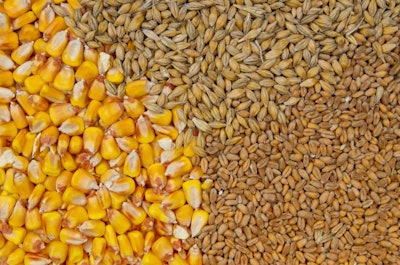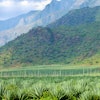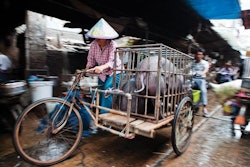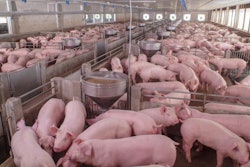
Pig producers are seeking better feed due to ASF losses, which increases demand for corn, sorghum, barley and soybeans
China’s swine herd may have been severely depleted by the African swine fever (ASF) outbreak, but that doesn’t mean the country is not in need of imports of primary feed grains.
In fact, Cary Sifferath, senior director of global programs for the U.S. Grains Council (USGC), says quite the opposite is true.
Speaking at the recent Kansas Ag Growth Summit, Sifferath noted that China’s corn supply has been greatly diminished, because in the past 12 weeks, it auctioned off 48 million metric tons of corn. Sifferath said that might seem odd to some people, since hog supplies in China are lower than they once were due to ASF. However, ASF may have prompted a greater demand for corn and other feed grains and oilseeds in China.
“We’re starting to see a lot of hog operations … come back, rebuilding their herds, and they’re shifting away from inferior feeds – reducing or basically eliminating any type of restaurant waste, which is just a great way of spreading ASF,” Sifferath said.
“So while we have less hogs there in China, as they start to build back those herds, those herds are eating predominantly corn-, sorghum- and soybean meal-based diets and not all the different inferior feeds they’ve seen in the past.”
Feed for other species
With a reduced availability of pork in China has come a larger demand for other animal proteins, such as chicken meat, eggs, beef and fish. Because of that, there is also a strong demand for feed grains for the broiler, layer, cattle and aquaculture sectors, he said.
China’s trade with Australia
USGC also sees an opportunity because of trade barriers between China and Australia.
In recent years, Australia has exported a lot of barley into China. However, that has slowed down considerably, Sifferath said.
“China recently put an antidumping and countervailing duty on Australian barley, which is also throwing a wrench into when and where they can import feed grains,” said Sifferath.
The Kansas Ag Growth Summit was hosted by the Kansas Department of Agriculture.
View our continuing coverage of the African swine fever outbreak.



















